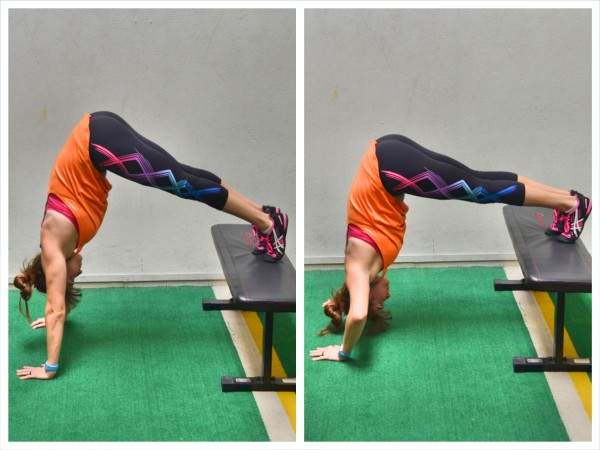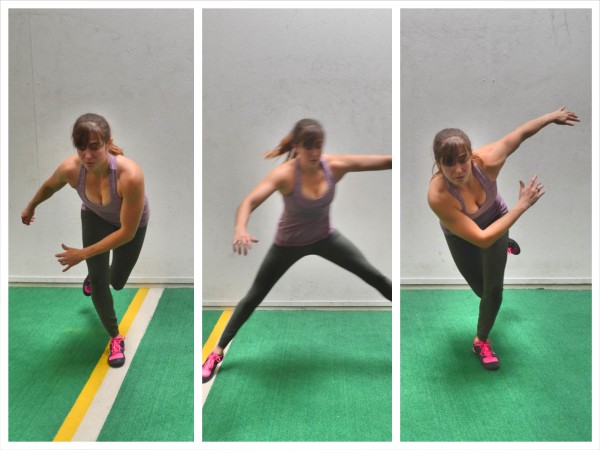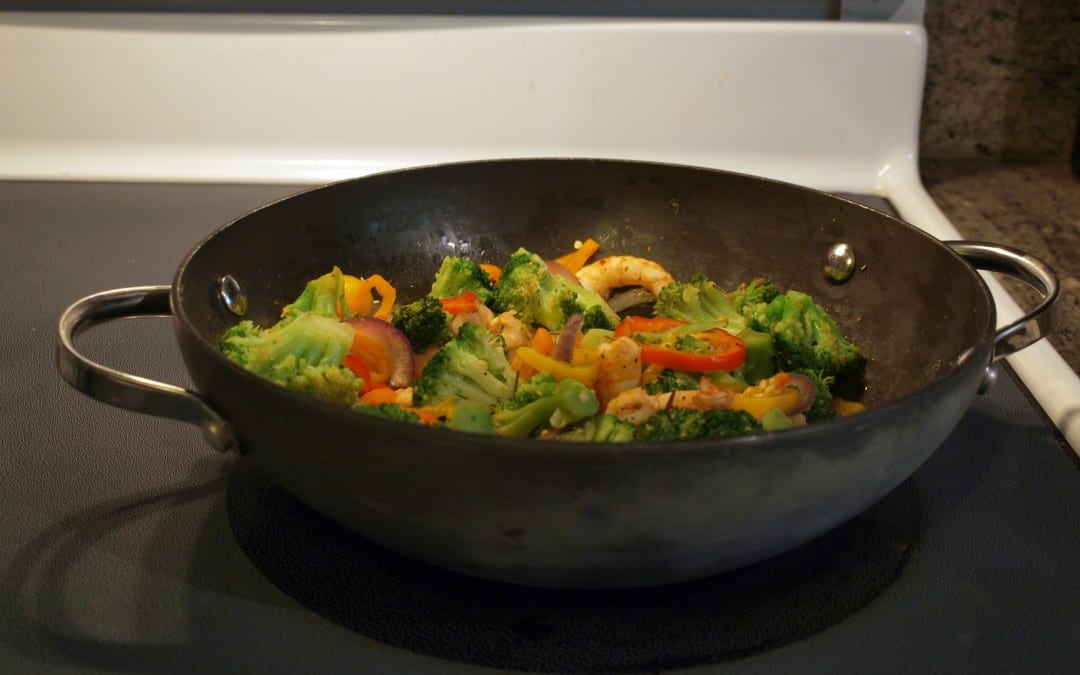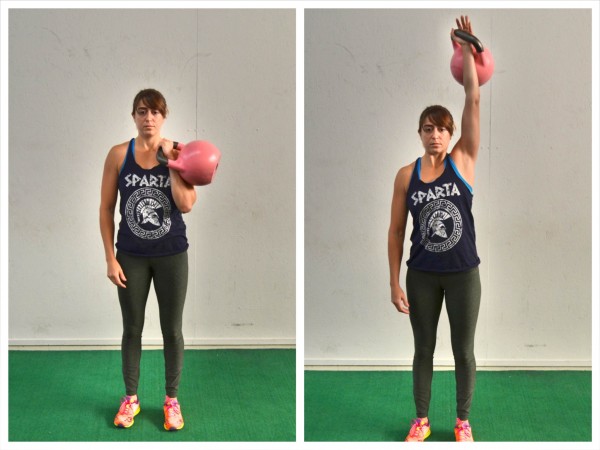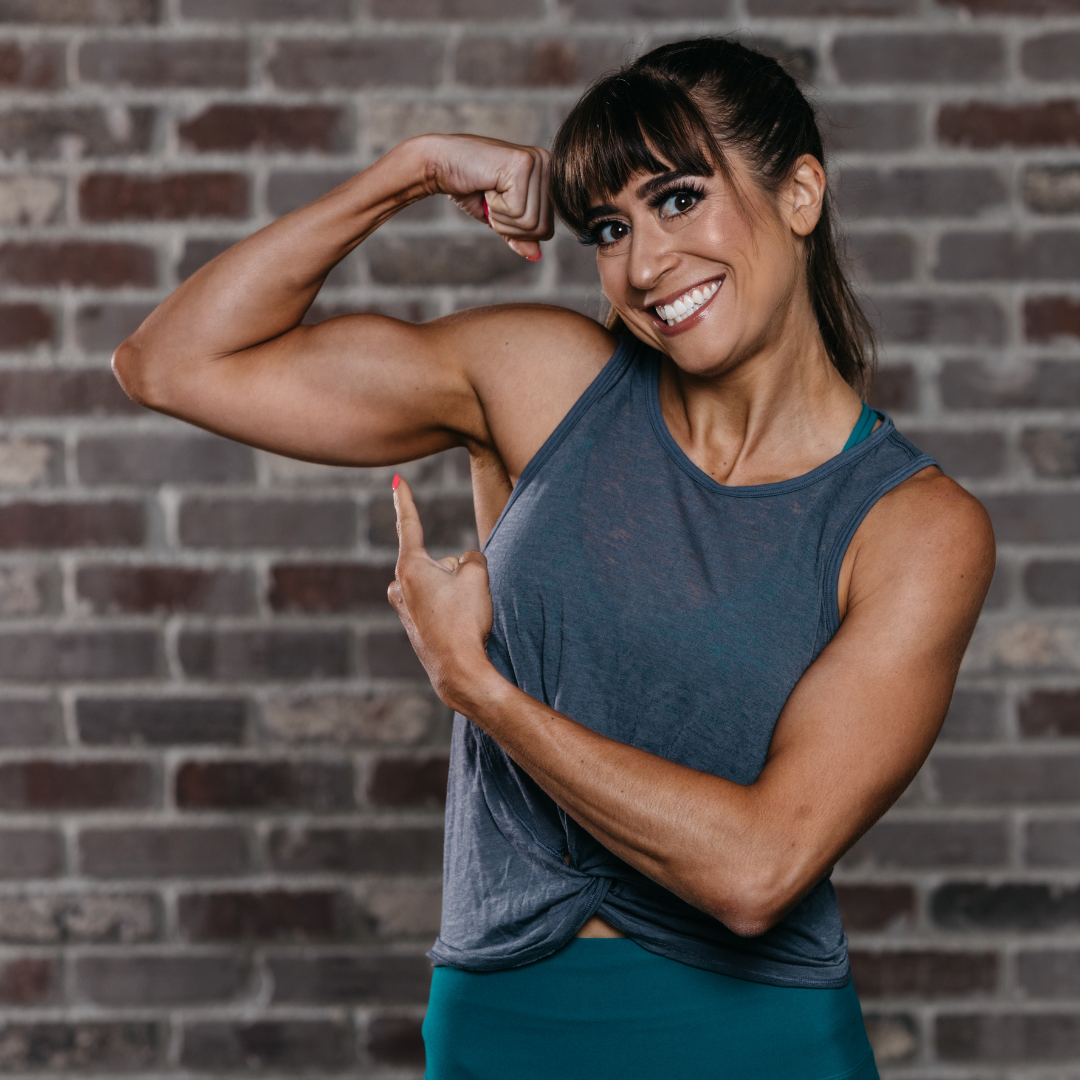
by Cori Lefkowith | Jan 30, 2016
This content is for members only

by Cori Lefkowith | Jan 18, 2016
The Broken Tabata Blast Level: Intermediate-Advanced Type of Workout: Full-Body Cardio Length: Under 20 minutes Tools: Bodyweight Yoga Mat...

by Cori Lefkowith | Jan 15, 2016
Shrimp and Veggie Stir Fry CALORIES GRAMS PROTEIN GRAMS CARBS GRAMS FAT Servings 1 Ingredients: 1/4 lb raw shrimp, peeled and deveined 1/2 cup broccoli florets 1/2 medium red bell pepper, roughly chopped 1/2 cup snow peas 1/2 cup matchstick carrots 1/2 cup sliced...

by Cori Lefkowith | Jan 10, 2016
WARM UP Stretch and Roll Out: Wrists/Forearms Chest Shoulders/Traps/Upper Back Lats/Thoracic Extension ACTIVATION Complete 2 rounds of the circuit below. CIRCUIT: 30 seconds Downward Dog Hold 15 reps Scapular Push Ups 15 reps Band Pull Downs WORKOUT Complete 3-5...

by Cori Lefkowith | Jan 2, 2016
Chipotle Chicken Loaded Sweet Potatoes CALORIES GRAMS PROTEIN GRAMS CARBS GRAMS FAT Servings 6 Ingredients: 3 medium sweet potatoes 1.5 lbs (about 3 smallish) boneless skinless chicken breast 1/4 cups olive oil 3 tablespoon fresh lime juice 3 cloves garlic, minced or...
